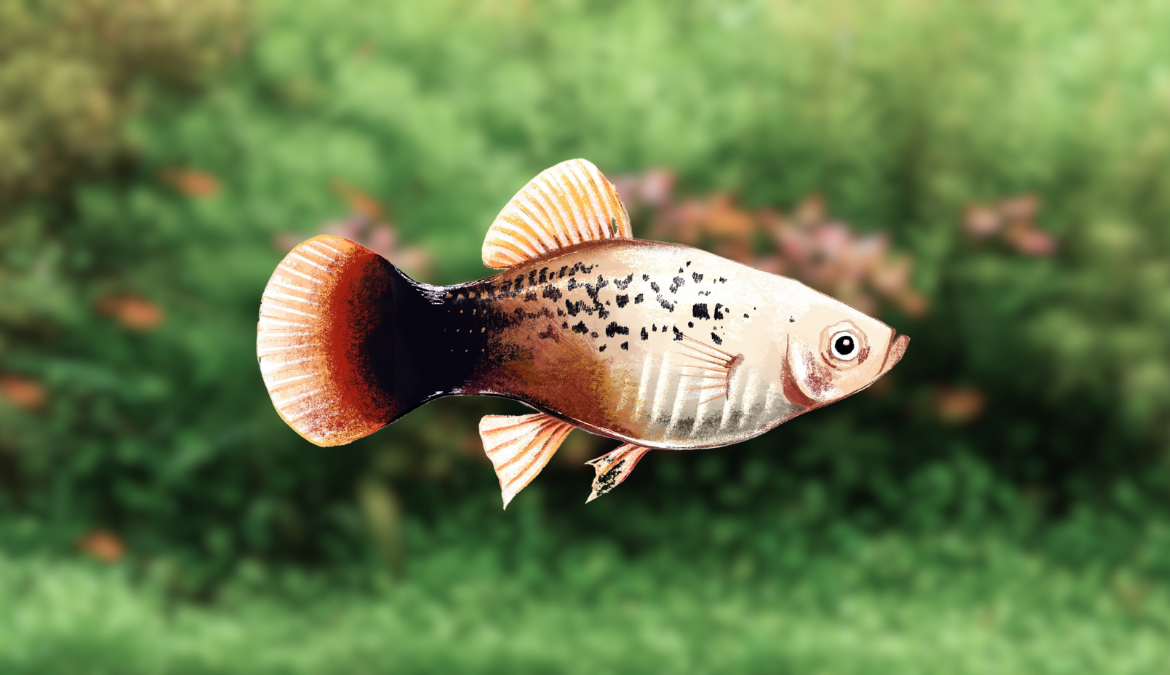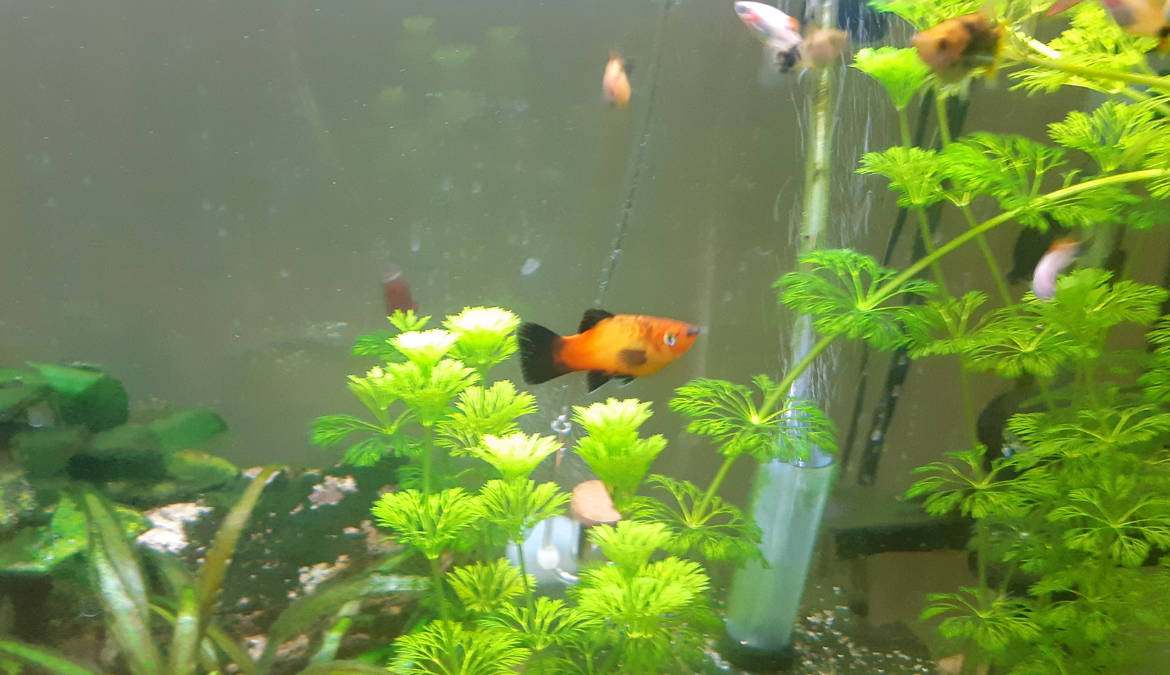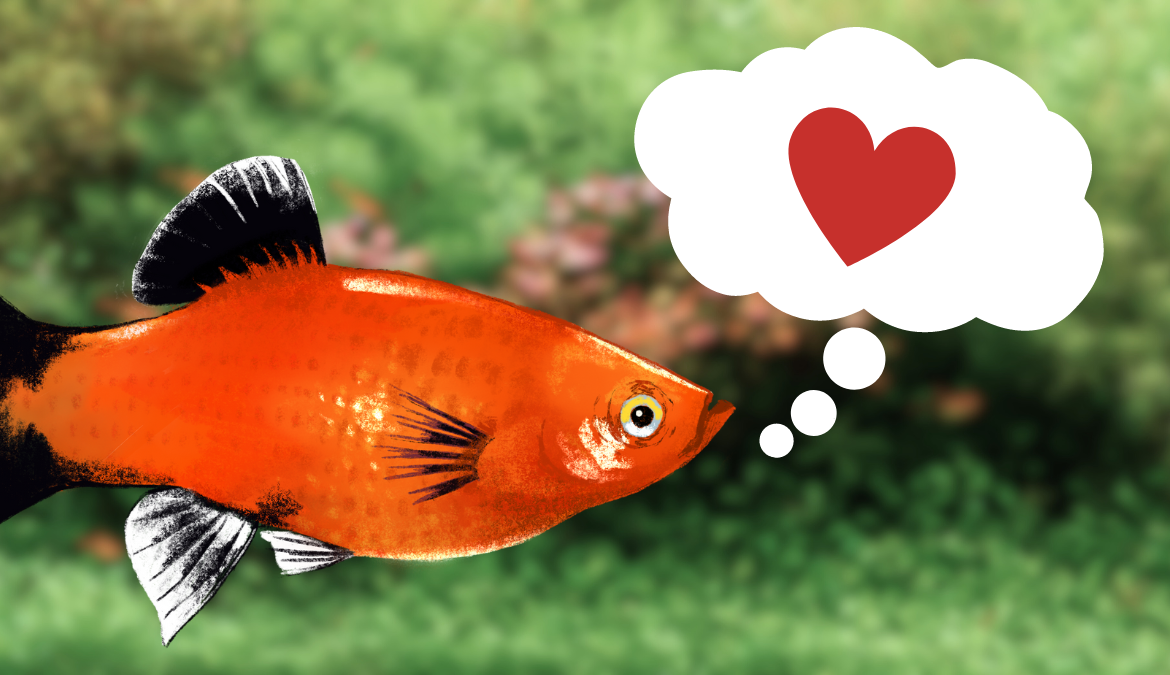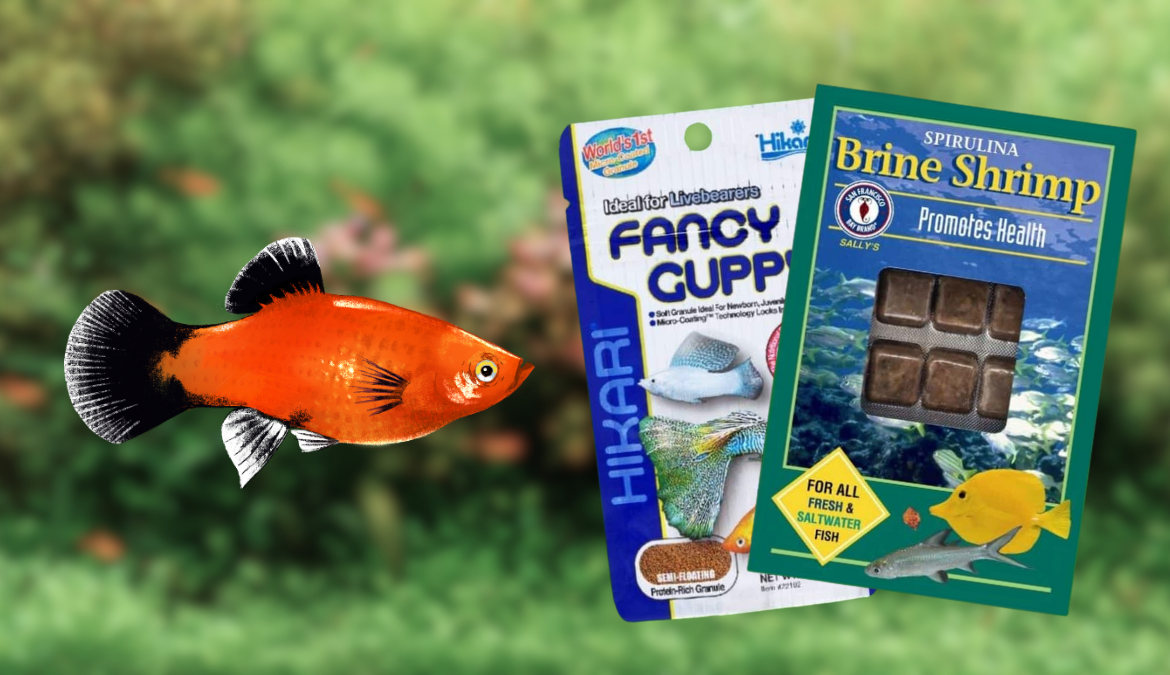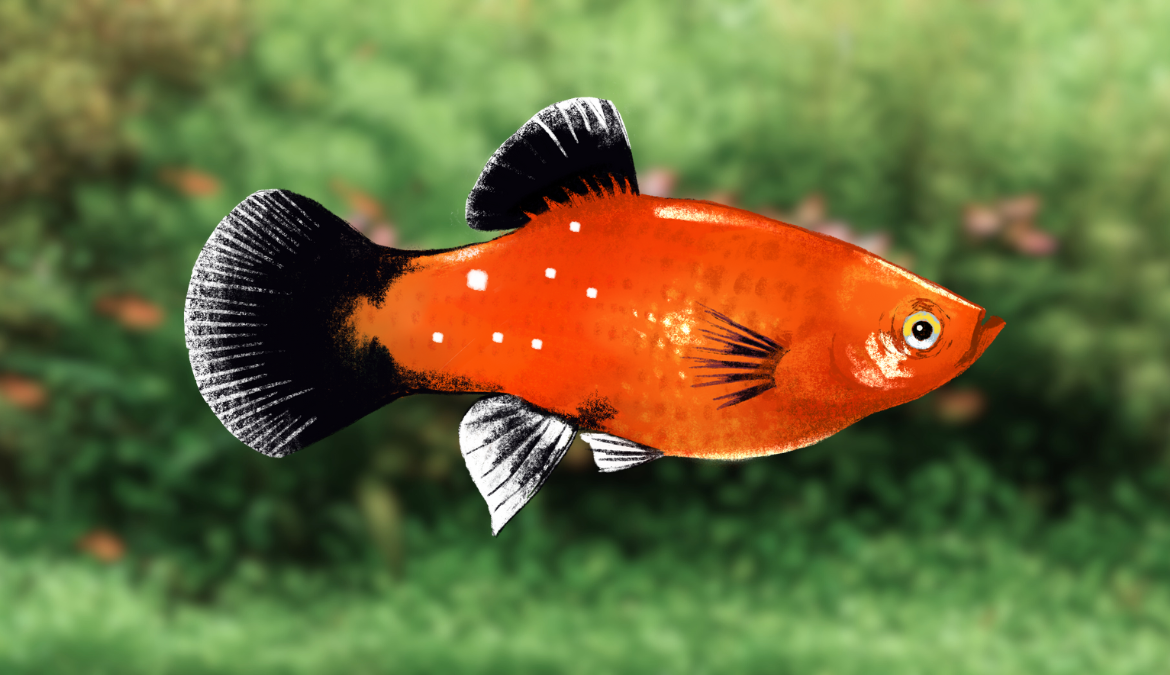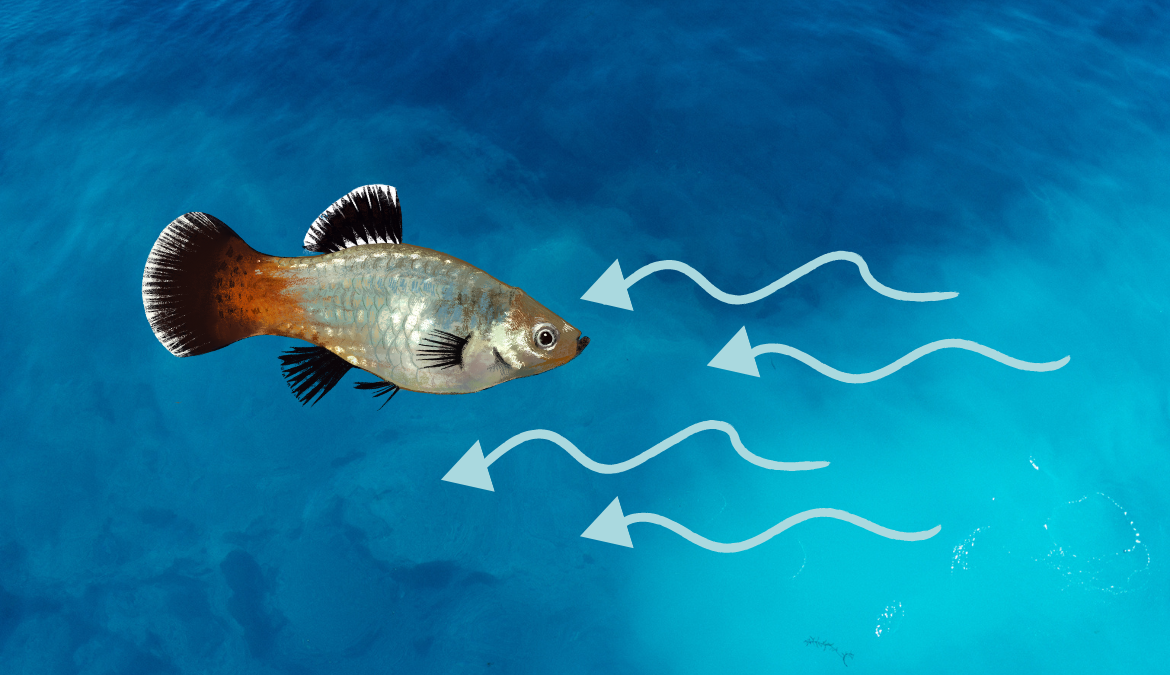Oxygenation, nitrogen removal, breeding grounds and hiding spots are the important benefits for adding live plants to your platy aquarium. They will add a more natural environment that will provide greater fish enrichment and natural behaviors.
This article explains some more important information for those thinking about adding plants to their platy homes.
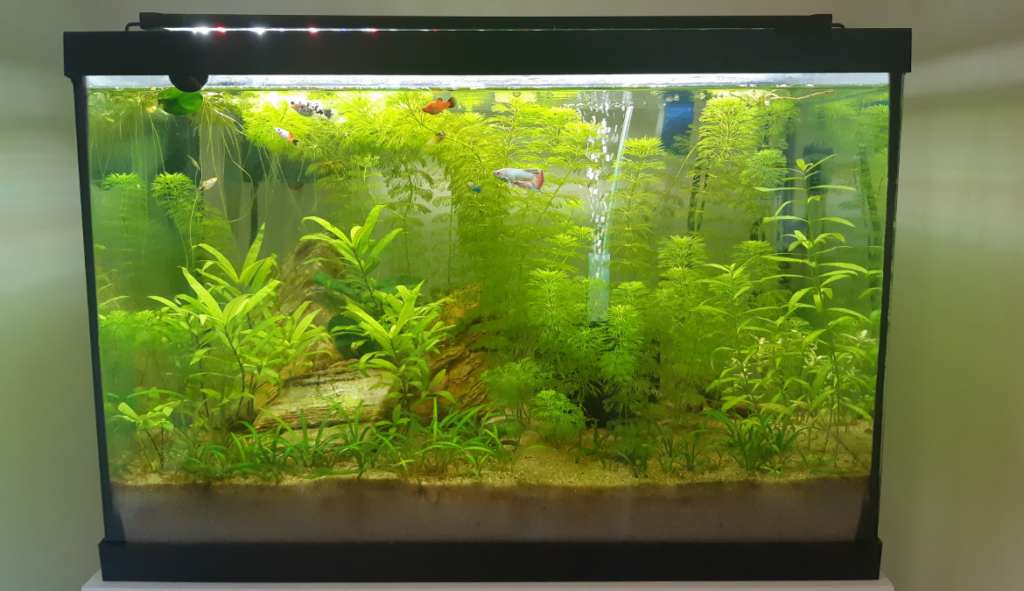
Understanding the Natural Habitat of Platy Fish
To understand why planted tanks are beneficial for platies, it’s important to understand their natural habitat. Native to the freshwater streams and warm waters of Central America, platy fish are accustomed to environments rich in aquatic vegetation.
This provides them with a sense of familiarity and security, simulating conditions that are similar to their natural surroundings.
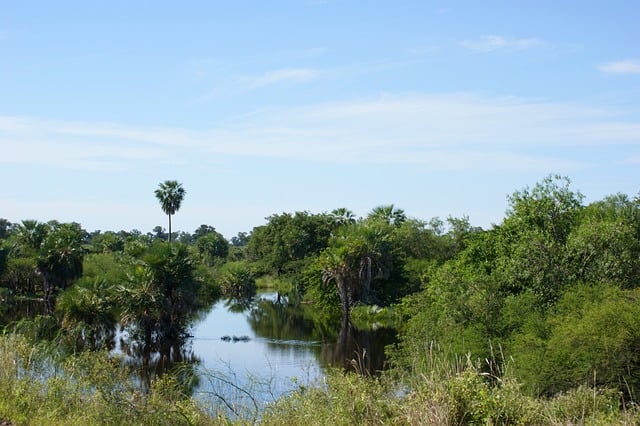
Most platies you buy from your local fish store will have been bred in aquariums for many generations and are genetically and behaviorally different from wild-caught varieties.
However, your store-bought platies are very adaptable and will certainly retain some of their natural tendencies and will still benefit tremendously in a planted environment.
Brief Description of Platy Fish Habitats
In the wild, platy fish dwell in slow-moving waters where aquatic plants are abundant and provide them with shelter, food, and breeding grounds.
These plants also contribute to maintaining water quality by absorbing excess nutrients and releasing oxygen.
Importance of Vegetation in Platy Fish Habitat
Vegetation is crucial for Platy Fish as it replicates their natural habitat. In my experience, adding live plants to a platy fish tank not only enriches the aesthetics of your aquarium but also significantly boosts the overall well-being of the fish.
For example, I’ve noticed that my platies swim more quickly, with their fins up, and tend to be more curious and lively. I’m not a fish expert but I observed obvious behavioral improvements when I started keeping platies in planted aquariums.
To better comprehend this, let’s explore the benefits of live plants in a platy fish tank.
Benefits of Live Plants in a Platy Fish Tank
From improving water quality to offering stress relief, live plants can play several critical roles in your platy fish tank. These benefits go beyond mere decoration, serving functional purposes that create a healthy and vibrant environment for your platy fish.
Oxygenation and Water Quality
Live plants undergo photosynthesis, a process that absorbs carbon dioxide and releases oxygen into the water, helping maintain a stable and healthy water quality.
This is crucial for platies and pretty much every fish species as they thrive in well-oxygenated conditions.
Here’s why:
Oxygen is used in the process of aerobic respiration in the mitochondria (the energy-producing organelles) of the fish’s cells. During this process, glucose (a simple sugar molecule derived from food) is broken down, and the energy released is used to create a molecule called adenosine triphosphate (ATP). ATP is essentially the energy currency of cells, fueling almost all cellular processes.
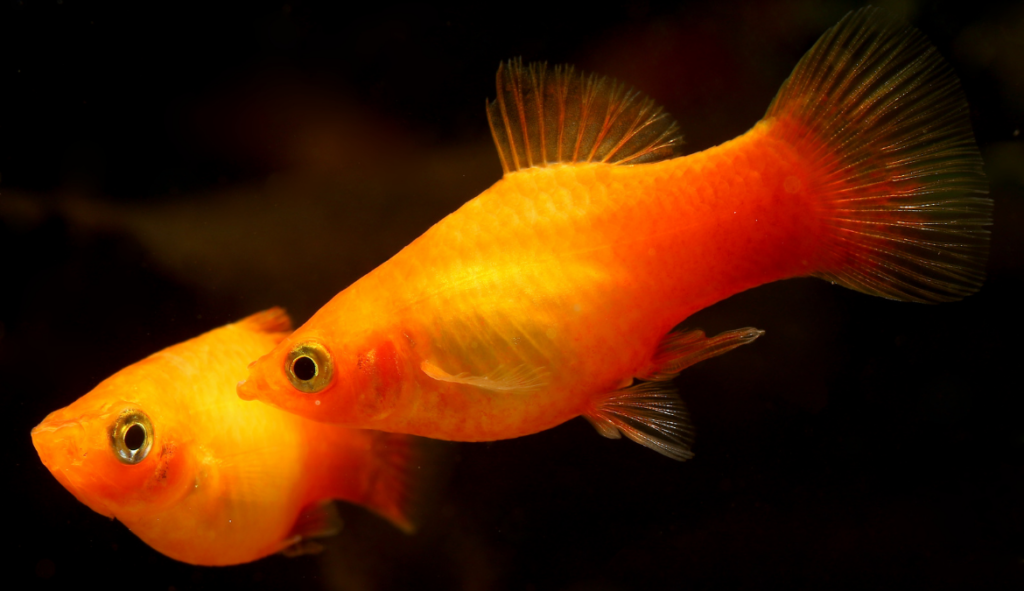
Fish extract oxygen from water through their gills. As water flows over the gill surfaces, oxygen is absorbed into the bloodstream, and carbon dioxide (a waste product of respiration) is expelled. This process of gas exchange is crucial for maintaining a balance of oxygen and carbon dioxide in the fish’s body.
If fish do not have enough oxygen (a condition known as hypoxia), they cannot produce enough ATP to carry out necessary life processes. Symptoms of hypoxia in fish include:
- Increased breathing rate: Just like humans breathe faster when we’re short of breath, fish will increase their gill movements in an attempt to extract more oxygen from the water.
- Lethargy: Fish may become less active, since movement requires energy, and without sufficient oxygen, they’re experiencing an energy shortage.
- Loss of balance: Severe oxygen deprivation can affect the fish’s nervous system, causing loss of equilibrium.
- Surface swimming: Fish may swim near the water’s surface where oxygen levels are typically higher due to interaction with the air.
- Decreased growth and reproduction: Over time, hypoxia can lead to reduced growth and reproductive rates.
- Death: If oxygen levels are not restored, fish can eventually die from asphyxiation.
Stress Reduction and Security
Plants provide hiding spots for platies, offering them a sense of security and reducing stress. Especially for timid or pregnant fish, plants serve as safe zones.
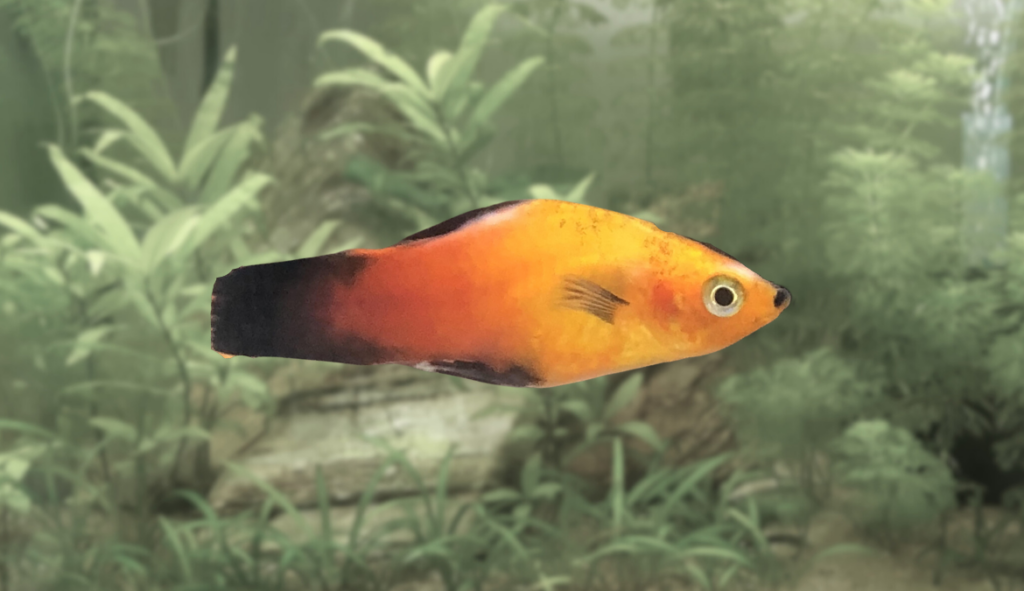
Providing hiding spots for platy fish and other aquarium species has a few benefits, primarily related to their instinctive behaviors and physiological well-being. Here’s what happens biologically:
- Stress reduction: A fish’s cortisol levels (a hormone associated with stress) can spike when it feels exposed or threatened. This can negatively impact their immune system, making them more susceptible to disease. By hiding, fish can reduce their stress levels, lower cortisol production, and maintain a healthier immune system.
- Safety and territoriality: Fish instinctively seek out hiding places for protection against predators. While domesticated fish like platies aren’t usually at risk from predators in their tank, they retain these instincts. Additionally, some fish are territorial and appreciate having a designated ‘spot’ in the tank, which can reduce aggressive behaviors.
- Rest and shade: Hiding spots often provide a place for fish to rest and shelter from light. Fish don’t have eyelids and can’t close their eyes, so dark hiding spots can provide a place for them to escape from light and rest.
- Spawning: For species that are live-bearers, like platies, hiding spots often provide a secure location for females to give birth. In the wild, this would help protect the newborn fish from predation. In the confines of a tank, hiding spots can provide newborn fish with a refuge from other tank mates.
- Behavioral Enrichment: Having access to a variety of environments in the tank, including hiding spots, encourages a range of natural behaviors, which contributes to the overall well-being of the fish. It keeps their environment stimulating and engaging.
So, while hiding might appear as simple “inactivity,” it is actually an important behavior that helps to support the overall health and well-being of platy fish and other aquarium species.
Natural Filtration
Live plants act as natural filters in your platy fish tank. They absorb harmful chemicals like nitrate and ammonia, contributing to a healthier environment for your platies.
Ammonia, nitrite, and nitrate are byproducts of fish waste and the decay of uneaten food and plant matter in an aquarium.
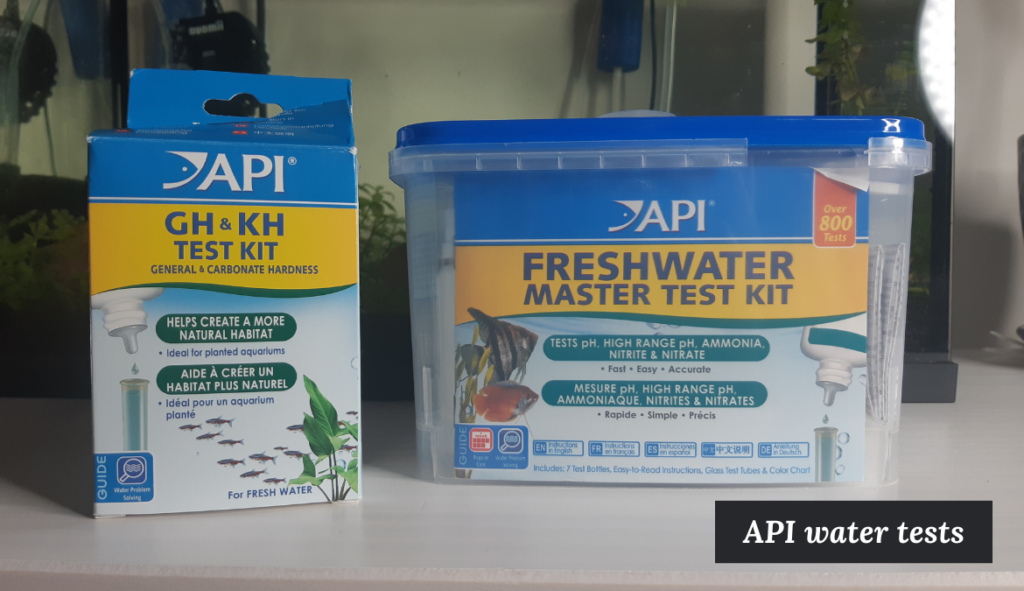
A couple of these can cause significant health issues for platy fish and other aquarium inhabitants in even small concentrations.
Here’s what happens biologically:
- Ammonia (NH3): In high concentrations, ammonia is toxic to fish. It damages the gills and other tissues, making it difficult for fish to exchange gases and excrete waste from their bodies. It can lead to a condition called ammonia poisoning, which causes lethargy, loss of appetite, inflammation and redness of the gills, and increased mucus production. If not remedied, it can lead to death.
- Nitrite (NO2-): Nitrite is also toxic to fish, albeit less so than ammonia. It is produced by beneficial bacteria in the tank that break down ammonia. Nitrite interferes with the fish’s ability to transport oxygen in their blood. It binds to hemoglobin, creating methemoglobin, which cannot carry oxygen. This results in a condition known as “brown blood disease” or nitrite poisoning, causing fish to gasp at the water surface, become lethargic, and show a brownish tint in their gills.
- Nitrate (NO3-): Nitrate is the final byproduct of the nitrogen cycle, produced when beneficial bacteria break down nitrite. At low levels, it’s generally safe for most fish. However, prolonged exposure to high levels of nitrate can stress fish, weakening their immune system and making them more susceptible to disease. It can also stunt their growth and inhibit their ability to reproduce.
Aquatic plants can be a valuable addition to a fish tank for a number of reasons, one of which is their ability to help control levels of ammonia, nitrite, and nitrate. They perform this vital task through the process of nitrogen assimilation as part of their metabolic activities. Let’s break it down:
- Ammonia (NH3): Plants preferentially uptake ammonia as a source of nitrogen for growth because it is easier for them to use. They assimilate the ammonia through their leaves or roots and convert it into amino acids, which are the building blocks of proteins, essential components of plant cells.
- Nitrite (NO2-): While less preferable, plants can also use nitrite as a nitrogen source. They can convert nitrite into ammonium (a process called nitrate reduction), which is then converted into amino acids.
- Nitrate (NO3-): Nitrate is the least preferable source of nitrogen for plants, but they can utilize it when ammonia and nitrite aren’t available. Plants convert nitrate into nitrite (a process called nitrate reduction), which is then converted into ammonium and further into amino acids.
By absorbing and using these substances, plants contribute to the reduction of their concentration in the aquarium water, thus enhancing water quality and making the environment safer for fish. This process, in combination with the beneficial bacteria in the aquarium, is a natural part of the nitrogen cycle and plays a critical role in maintaining a healthy aquatic ecosystem.
Breeding Ground
Platies are livebearers, which means they give birth to live young. Dense plant foliage provides an excellent breeding ground and nursery, offering a safe haven for fry from adult fish. If you’re dealing with a platy overpopulation, make sure to read our guide.
Choosing the Right Live Plants for Your Platy Fish Tank
Selecting the right plants for your Platy Fish tank involves considering several factors, from lighting requirements to your platies’ preferences. Here are some best choices that have worked effectively in my tank and are generally well-tolerated by platies.
Java Fern
Java Fern is one of the most robust plants suitable for a platy fish tank. With its slow growth and minimum light requirements, it is an ideal choice for beginners keeping a low-tech tank without the need for expensive CO2 equipment.
This plant’s hardy leaves also provide a suitable shelter and breeding ground for your platies.
Anubias
Anubias are another low-maintenance family of plants that thrives in a variety of conditions. Their thick, broad leaves serve as excellent hiding spots for platies and are quite unique compared to many narrow-leaf plants common in aquariums.
They prefer low light conditions, usually hidden in shade below or in front of taller background plants.
Amazon Sword
Amazon Sword, with its tall, wide leaves, offers excellent cover and contributes to a layered aesthetic in your tank.
Keep in mind that this plant is a fast grower and will need regular trimming.
In reality, you can use any kind of aquarium plant and your platies will enjoy them all the same. The ones listed above are common beginner plants that are easy to grow and thrive in low-tech tanks.


